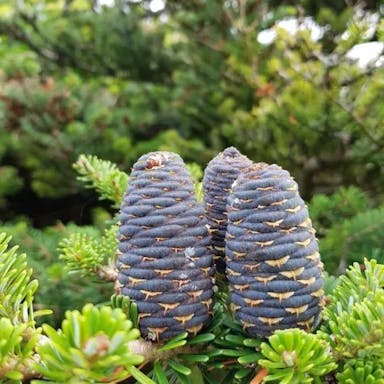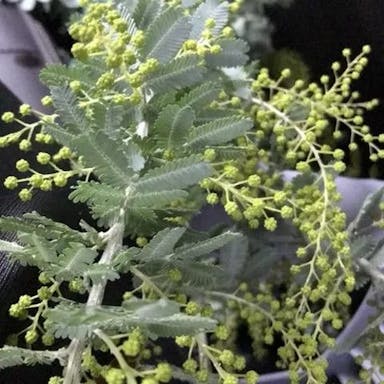Coralwood, scientifically known as Adenanthera pavonina, is a plant that can be potted or planted in the ground. When potting Coralwood, decide on a suitable vessel with drainage holes and complement with appropriately draining potting soil. Install the central in the pot and occupy the remainder with dirt, confirming the crown of the organism is stratum with the ground exterior. Irrigate the organism thoroughly subsequent to housing and site in a venue with bright, oblique sunlight.
If electing to install Coralwood within the terrain, opt for a placement with duly draining topsoil and sufficient sunlight. Excavate an aperture twice the width and depth of the organism's rhizome ball. Deposit the specimen in the cavity, validating the crest is disposed at ground plane. Return fill the hole with topsoil, compressing gently proximate the roots. Hydrate the sample thoroughly succeeding implantation and proceed hydrating regularly, chiefly during parched spans.
Replanting Coralwood ought transpire every 2-3 years or upon outgrowing the ongoing receptacle. Cautiously eliminate from the vessel, loosen the roots, and deposit in a more capacious container with fresh potting soil. Inadequate care may induce decline of Coralwood. Furnishing adequate hydration, sunlight, and customary fertilization is pivotal to guaranty health and growth.












